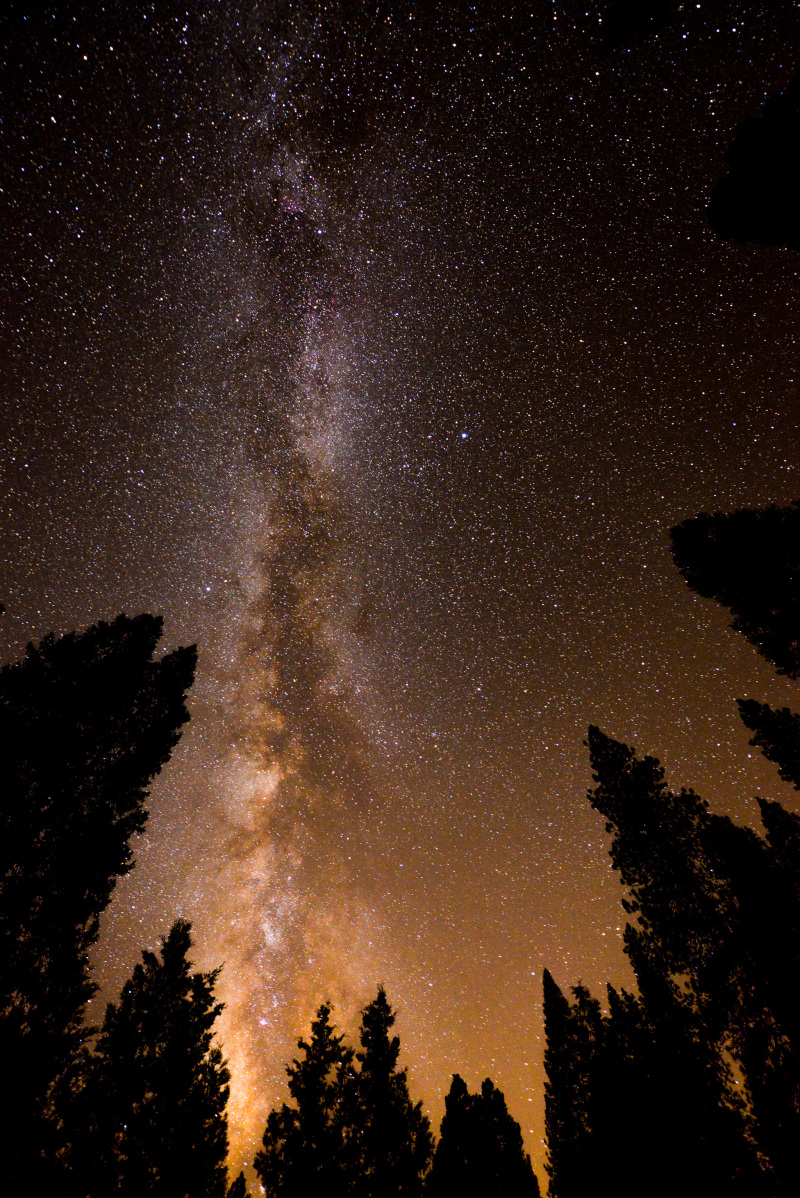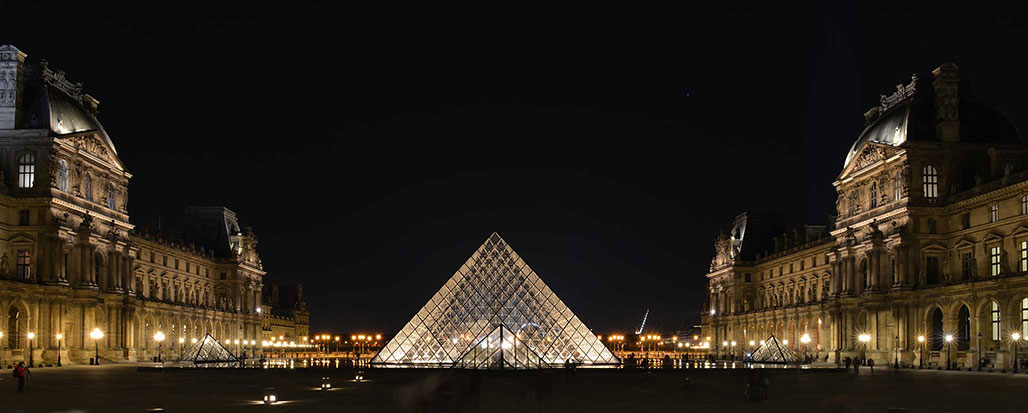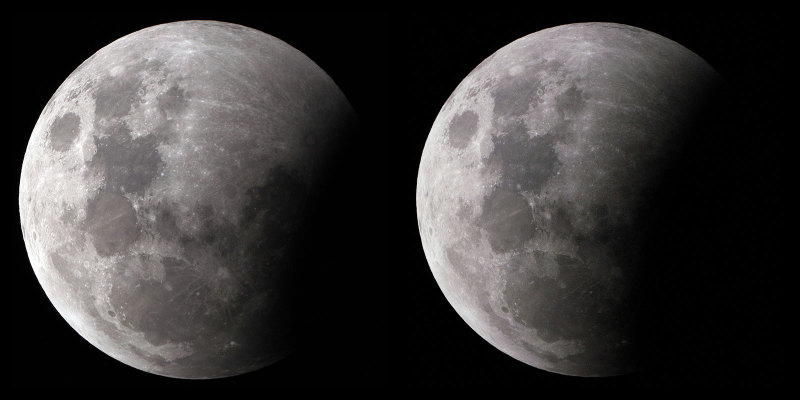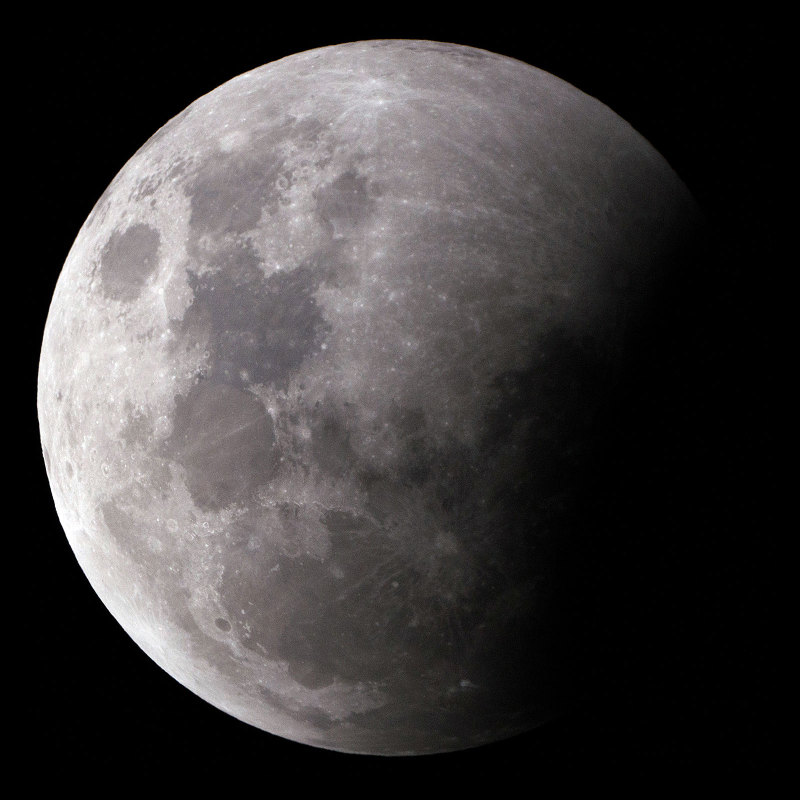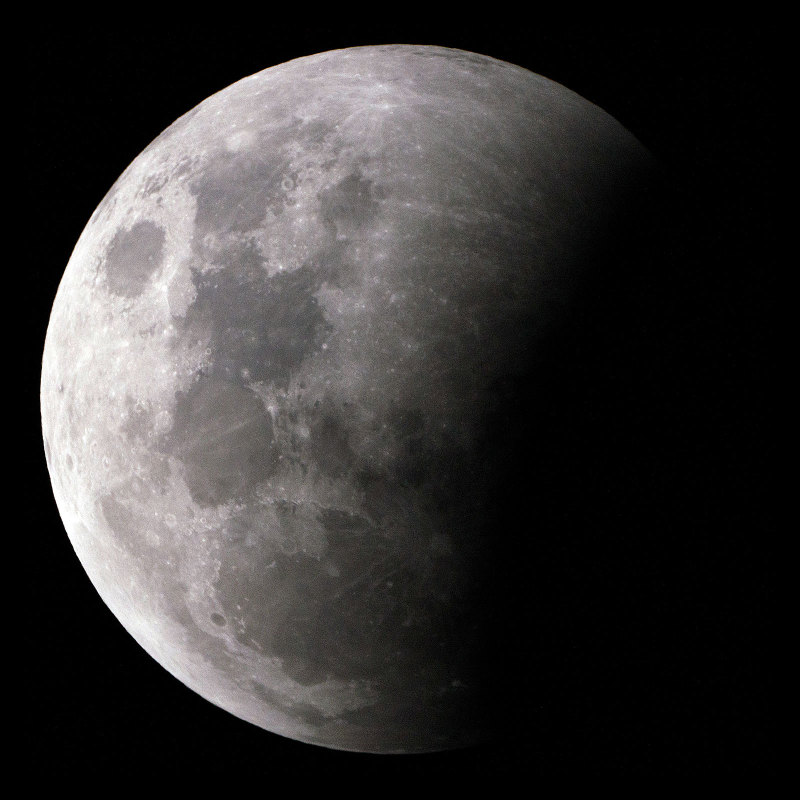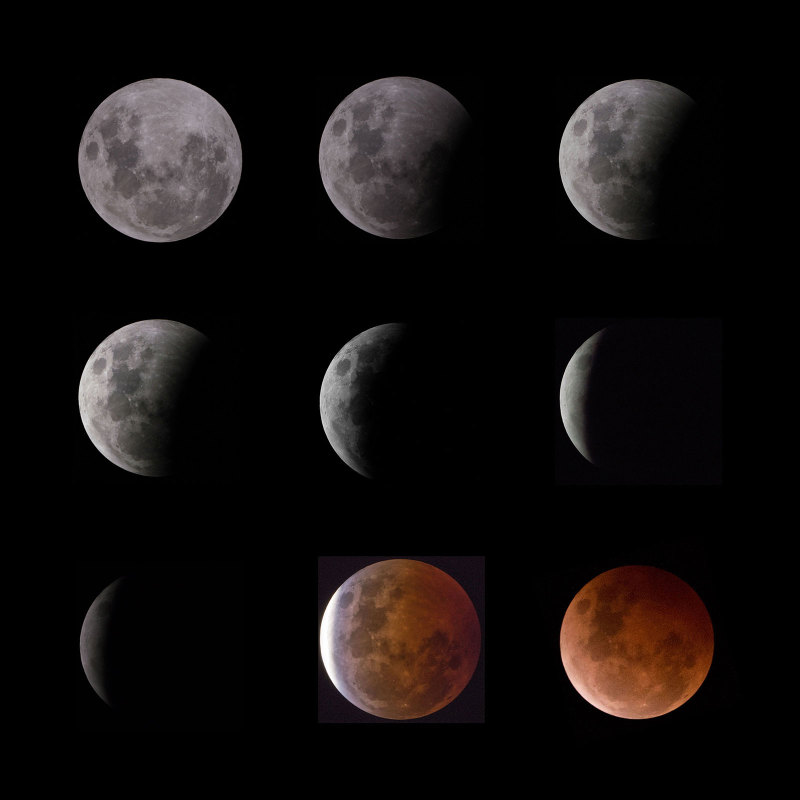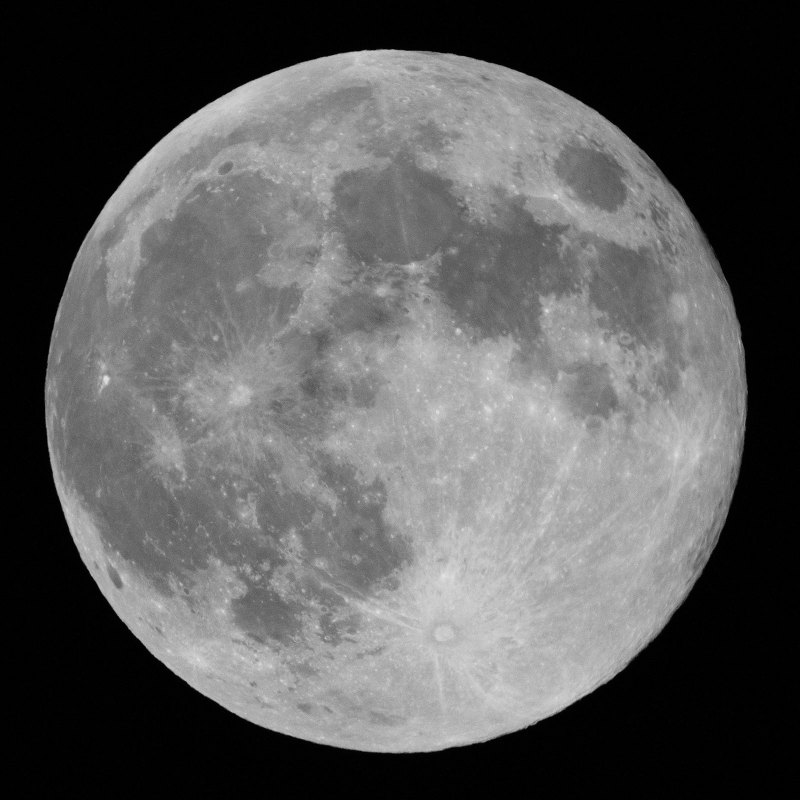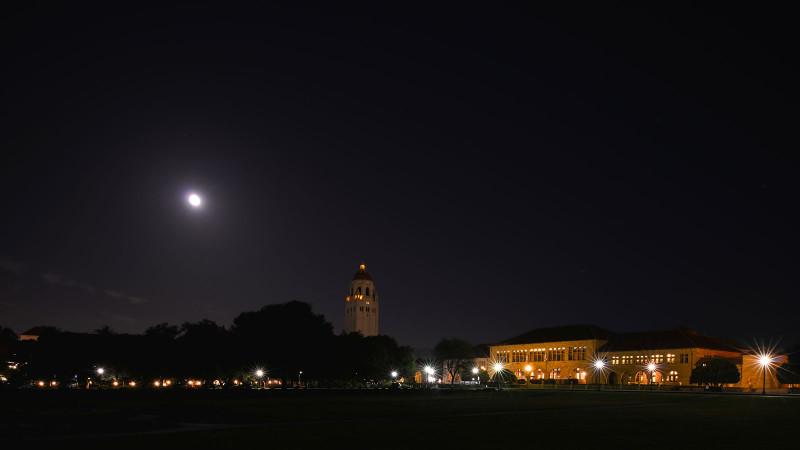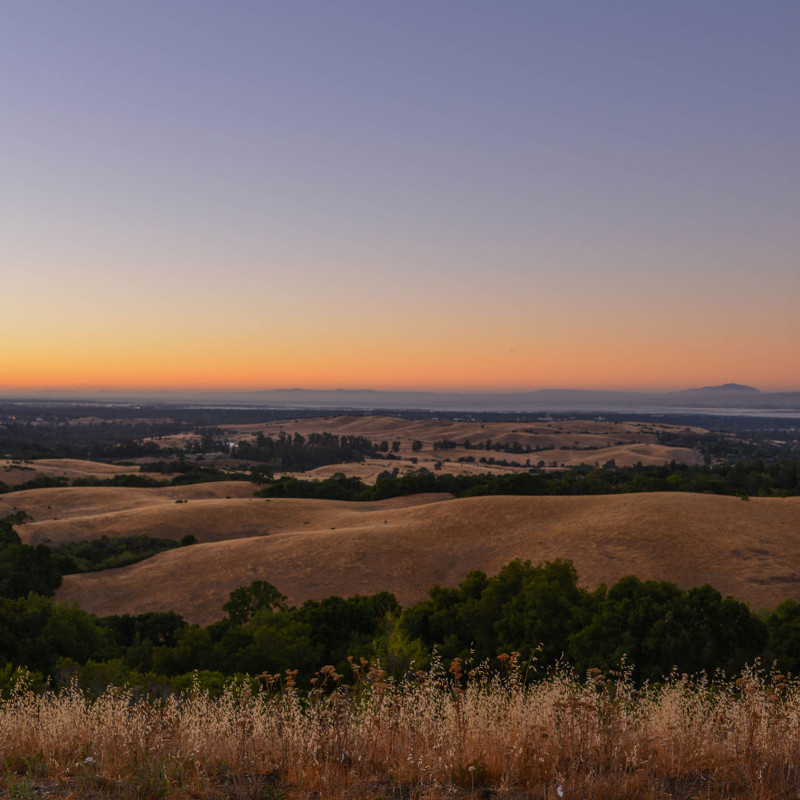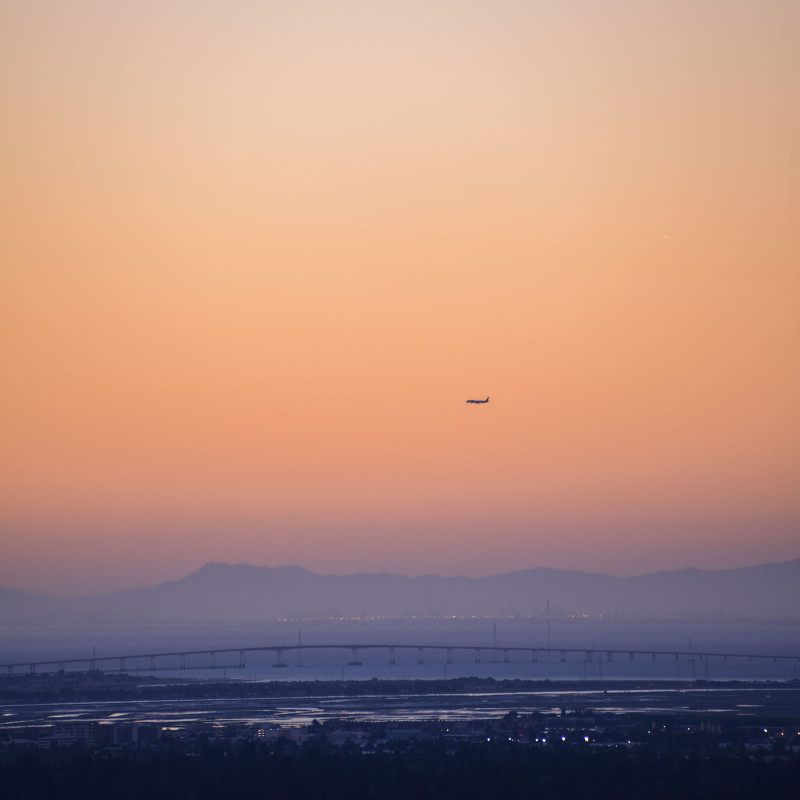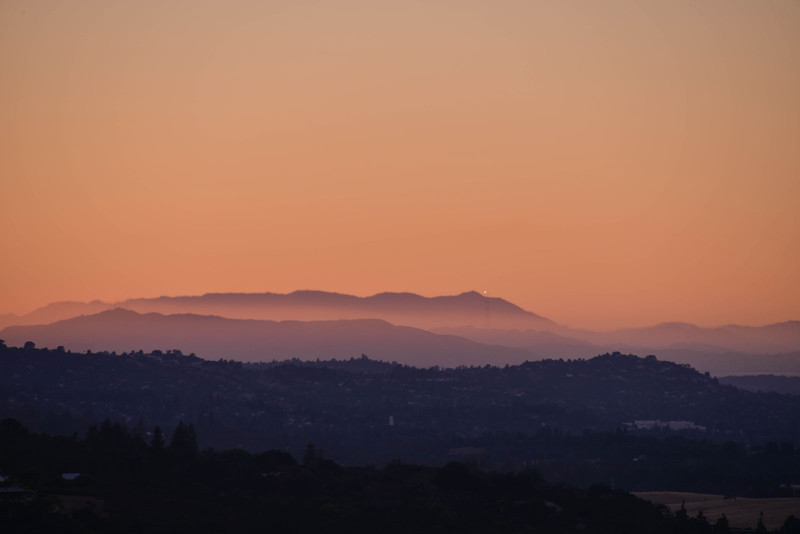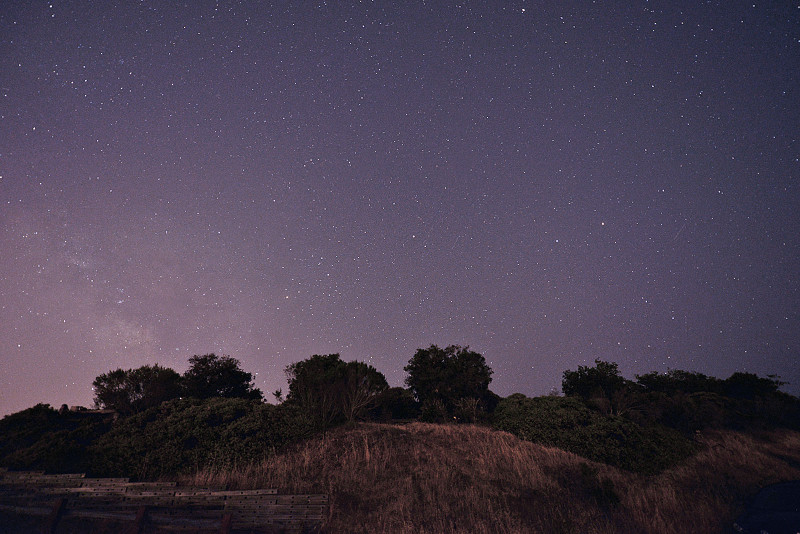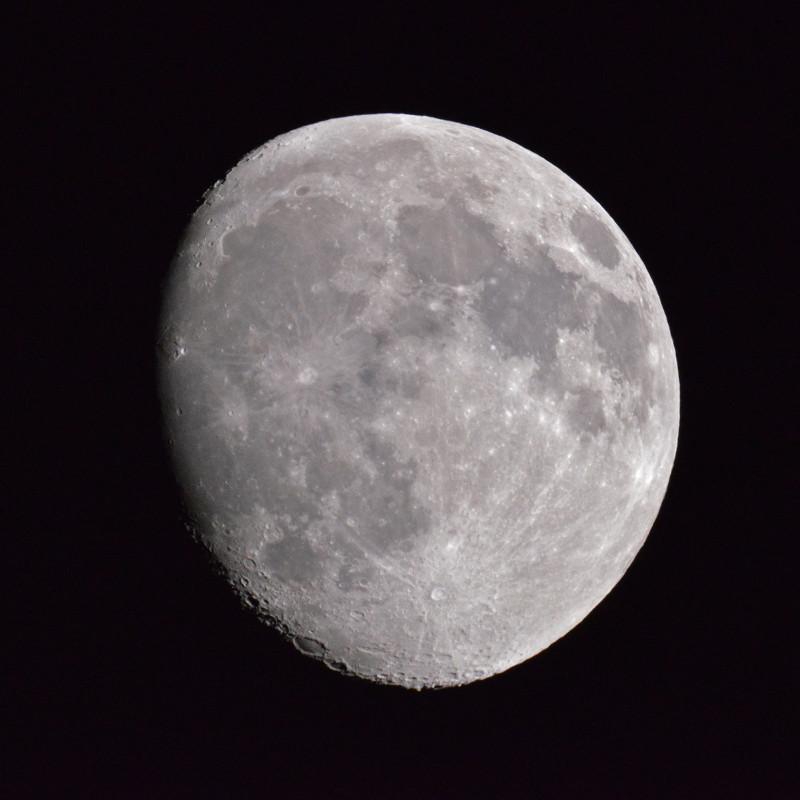Each year, Shoreline Amphitheater hosts a July 4th concert and fireworks show. I’ve attended the concert once, but the wait to exit the parking lot after a long night was a bit too much.
Instead, I showed up early at Shoreline Lake to reserve a spot. In afternoon light, I experimented with an ND filter.
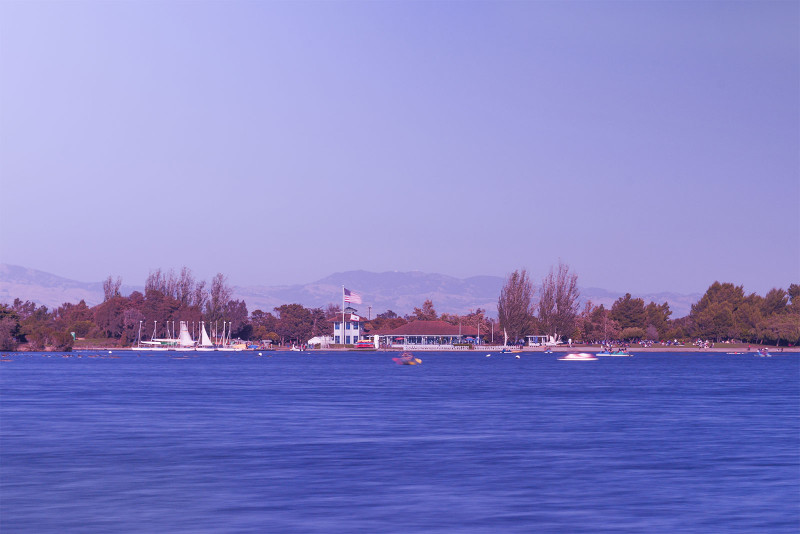
Nikon D800, Nikkor AF-S 28-300mm f/3.5-5.6G ED VR, ISO 100, 78mm, 0 EV, f/8, 2.0s
At 8:18 PM, the sun finally started to set. Turning away from the lake, I could see the sun drop behind the baylands.
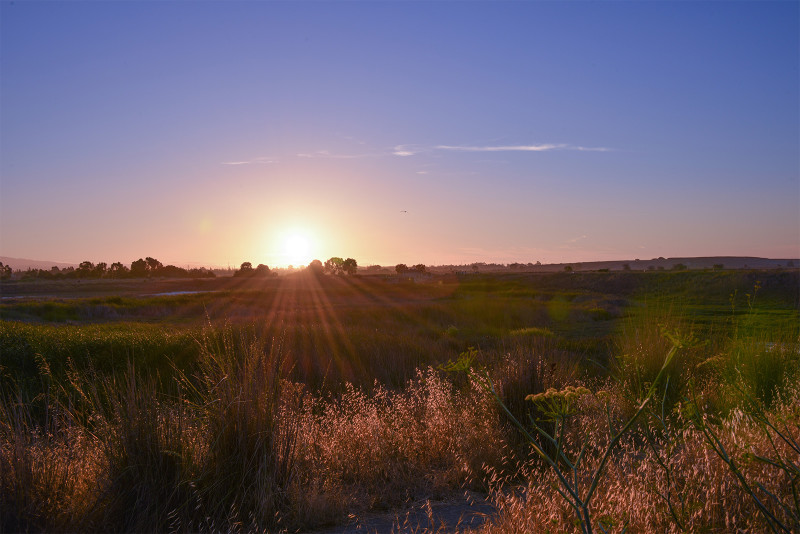
Nikon D800, Nikkor AF-S 28-300mm f/3.5-5.6G ED VR, ISO 100, 32mm, 0 EV, f/16, 1/80s
The four bright lights are located at the amphitheater. You get a clear view of the fireworks, but the sound from the concert does not carry this far.
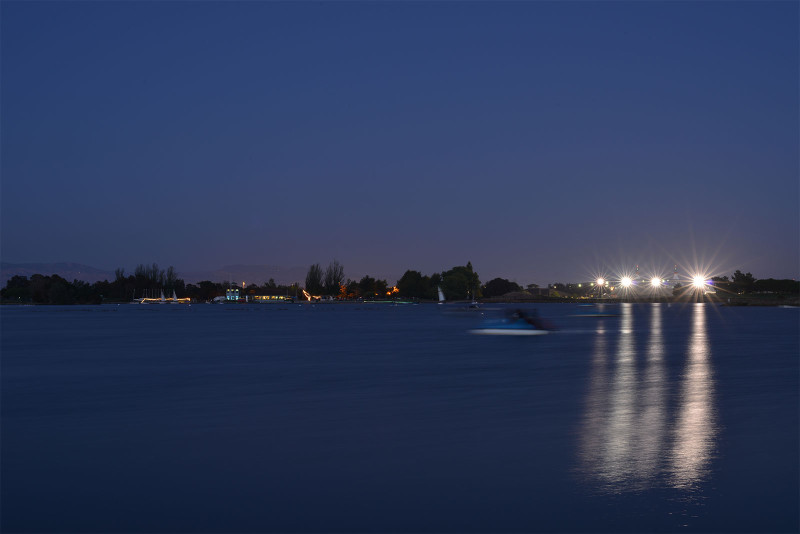
Nikon D800, Nikkor 50mm f/1.4G, ISO 100, 50mm, 0 EV, f/16, 15.0s
Looks like a sunset, but it is not. Changing the aperture from f/16 to f/8 increases the amount of light by 4x. Increasing the shutter speed from 15.0s to 30.0s, also doubles the light. So, even though the photo below (9:30 PM) was taken later than the one above (9:06 PM), changing the aperture and shutter speed alters the character of the scene. You can even see a few stars showing up in the night sky.
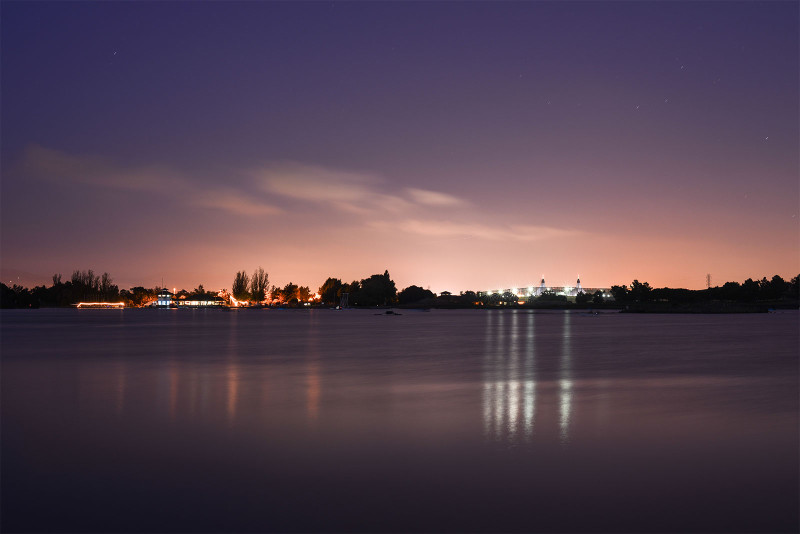
Nikon D800, Nikkor 50mm f/1.4G, ISO 100, 50mm, 0 EV, f/8, 30.0s
Having been to the Shoreline Lake fireworks show, I knew that a 50mm lens would be about right.
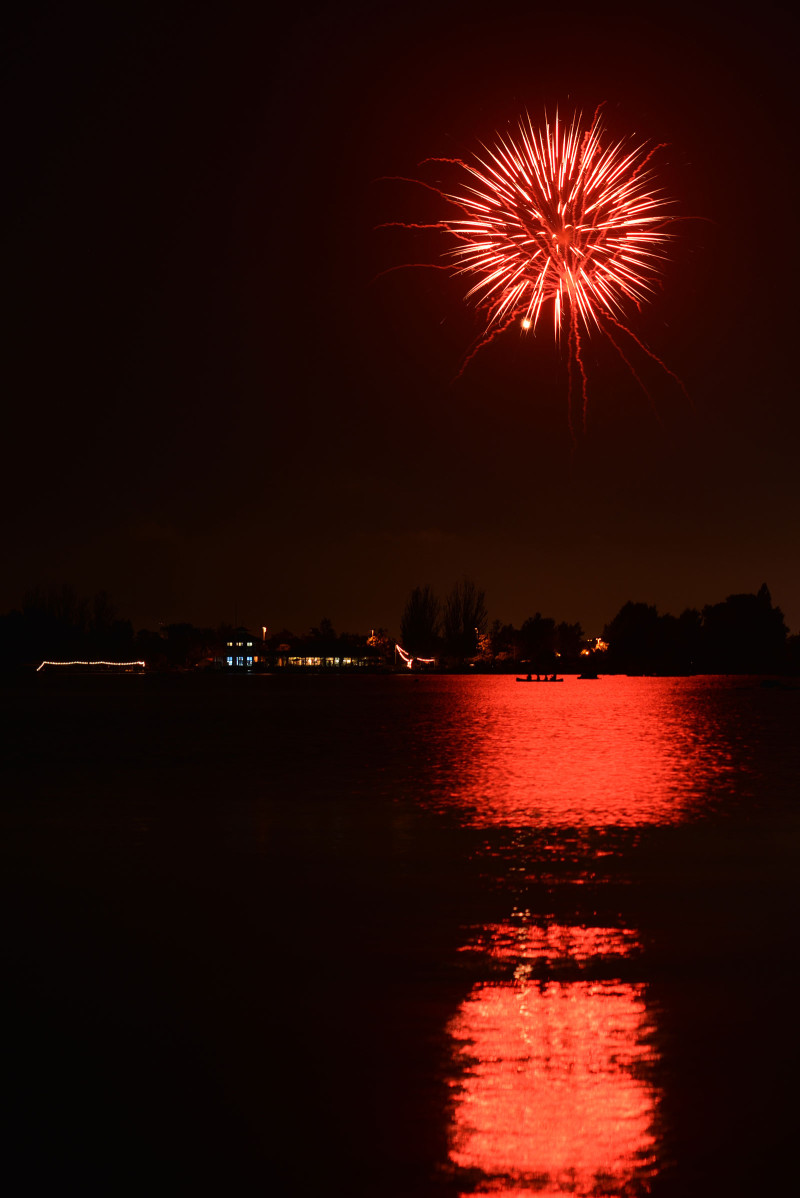
Nikon D800, Nikkor 50mm f/1.4G, ISO 100, 50mm, 0 EV, f/4, 1.0s
I used a Nikon MC-30A cable release to adjust the shutter speed. I set the camera to manual mode and shutter to bulb. I clicked when a new firework was launched, and released as it faded. Just adjust the aperture to arrive at the correct exposure.
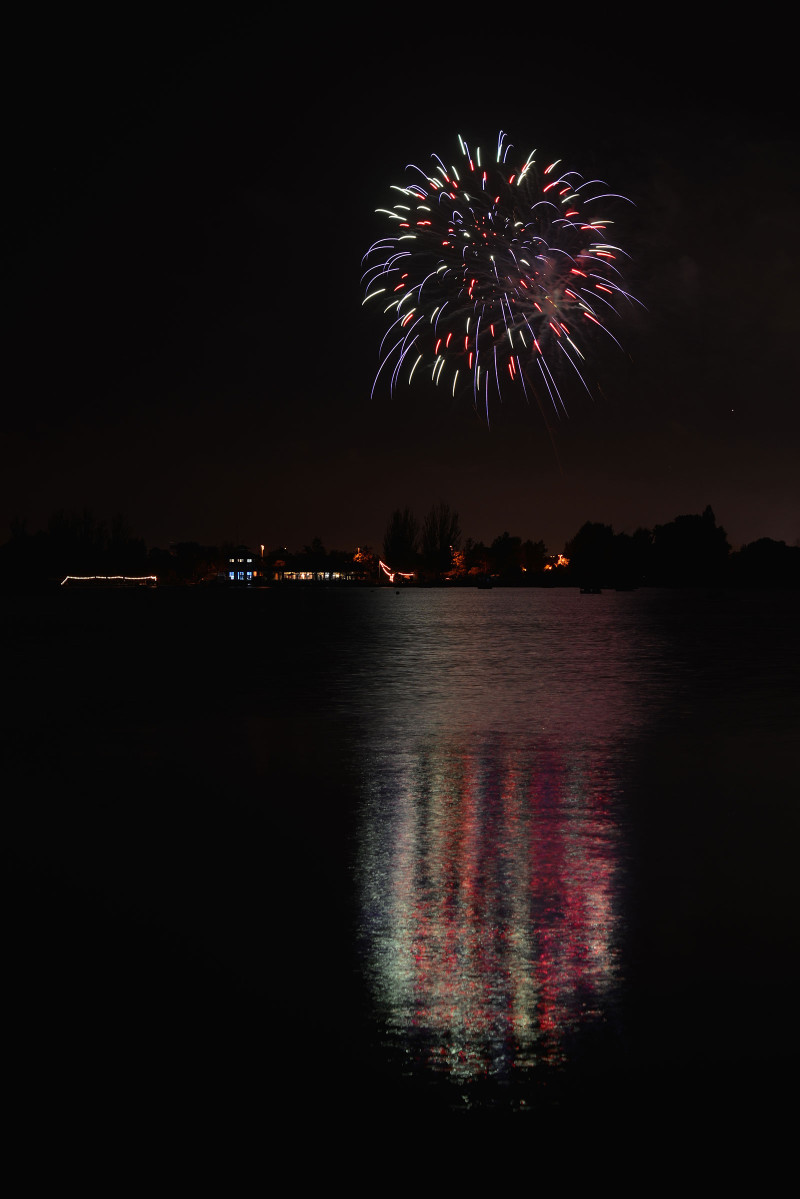
Nikon D800, Nikkor 50mm f/1.4G, ISO 100, 50mm, 0 EV, f/5.6, 2.0s
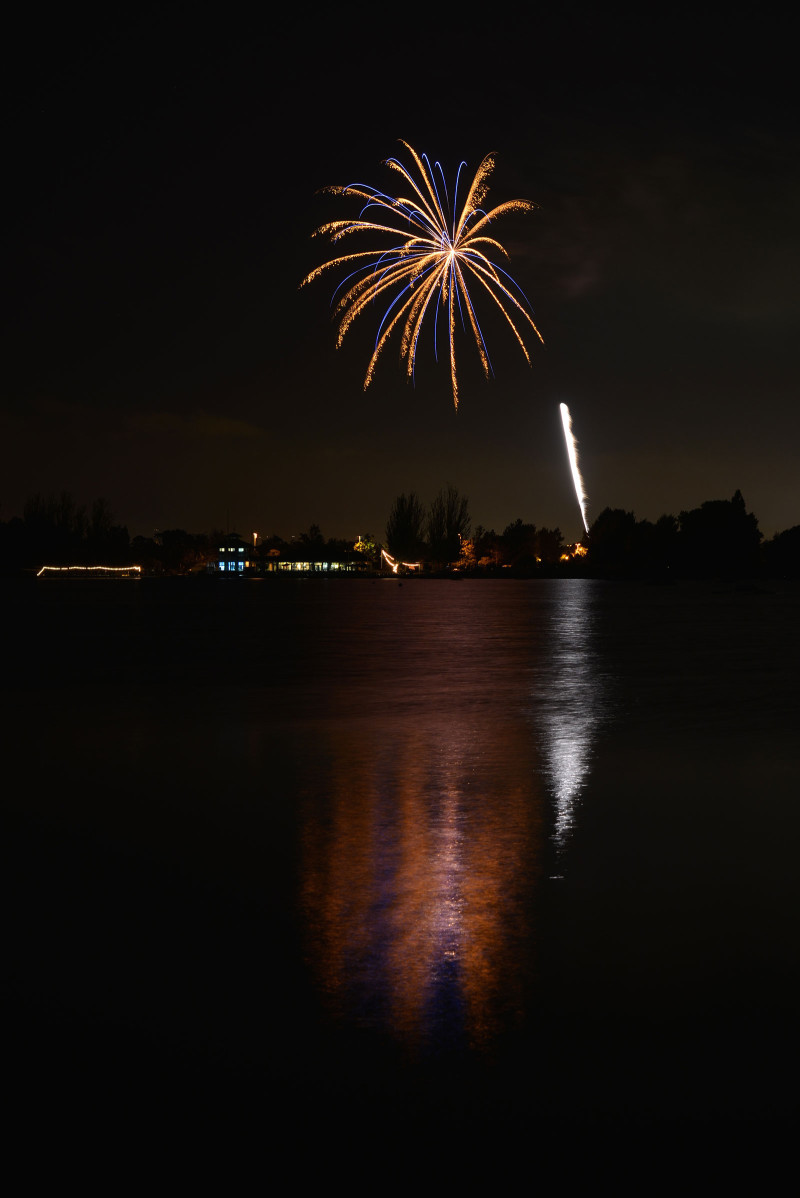
Nikon D800, Nikkor 50mm f/1.4G, ISO 100, 50mm, 0 EV, f/8, 7.6s
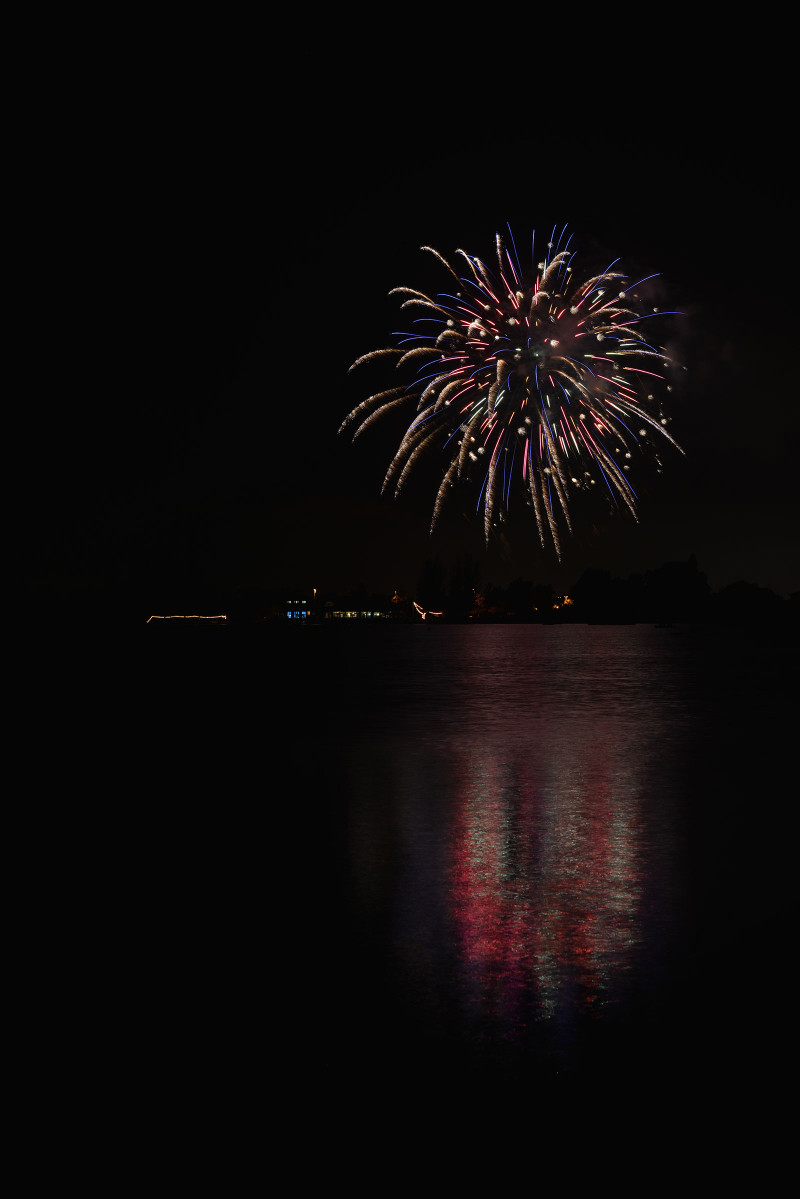
Nikon D800, Nikkor 50mm f/1.4G, ISO 100, 50mm, 0 EV, f/8, 1.6s
Some more traditional red, white and blue fireworks.

Nikon D800, Nikkor 50mm f/1.4G, ISO 100, 50mm, 0 EV, f/11, 2.0s
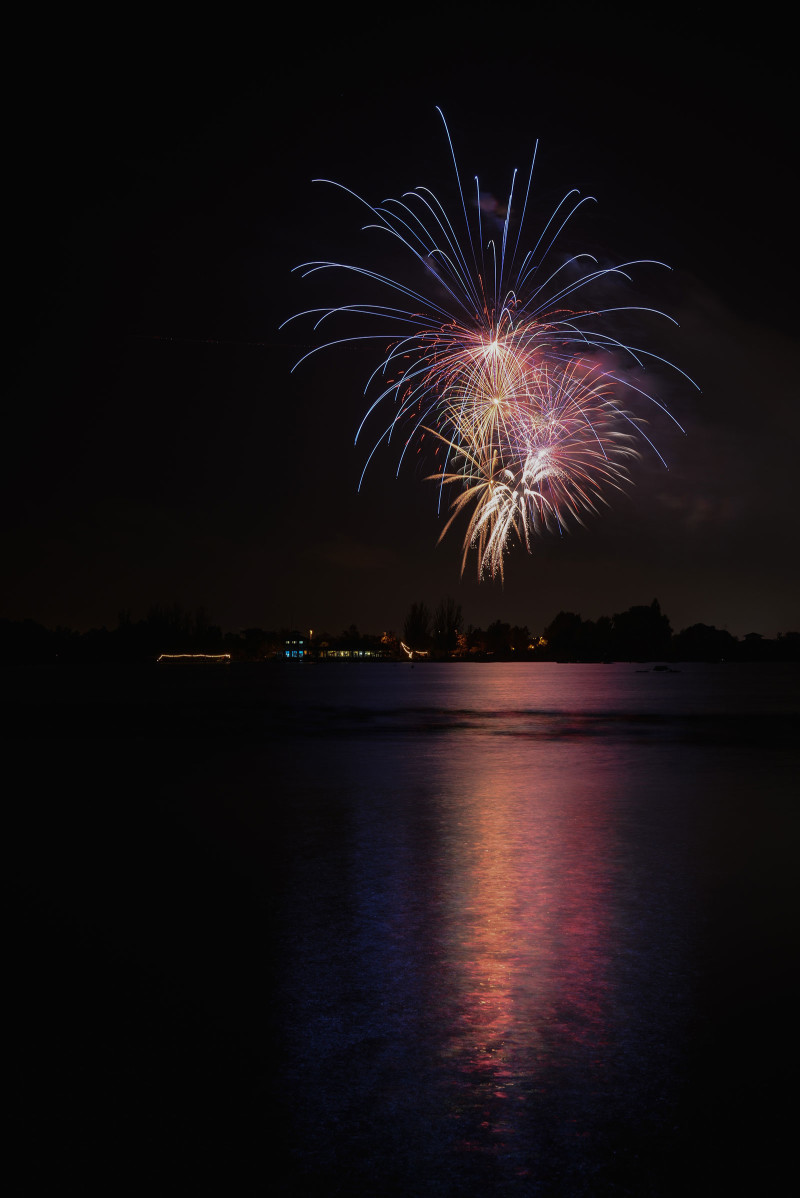
Nikon D800, Nikkor 50mm f/1.4G, ISO 100, 50mm, 0 EV, f/11, 10.7s
Even though you are taking photos of fireworks at night, you don’t need a “fast” lens. I like the f/5.6 series of photos best. You get just enough background without all the smoke from the fireworks showing up as well.
